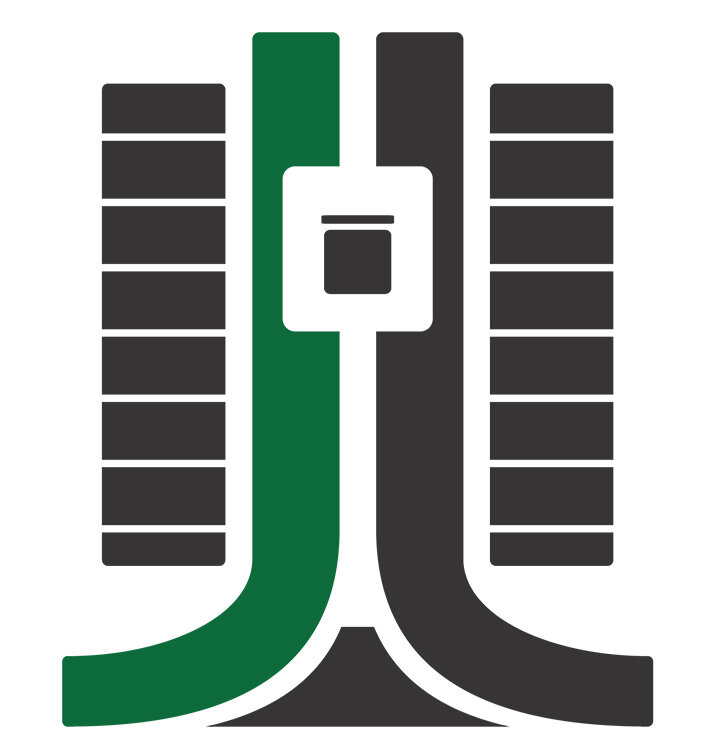Understanding Septic System Maintenance in the Lakes Area
A well-maintained septic system is essential for Lakes Area homeowners. Proper septic care prevents costly repairs and environmental harm. Regular maintenance extends the life of your system for years. This guide provides practical, region-specific tips to keep your septic system running smoothly, tailored to the unique conditions of the Brainerd Lakes Area. Below are seven key practices to keep your system in top shape, designed for the Lakes Area’s environmental conditions.
1. Regular Pumping
Pumping removes sludge and scum from your septic tank, preventing clogs and backups. Pump every 2–3 years, based on household size and water use. Larger households or those with garbage disposals may need annual pumping due to increased solids. Sandy soils can mask drainage issues, so schedule pumping proactively with a Lakes area septic pumping service. Don’t forget to keep manhole covers accessible for easier service.
2. Routine Inspections
Professional inspections catch issues early, saving costly repairs. Inspect every 1–3 years to check tank integrity, baffles, effluent filters, and drainfield performance. Look for signs of failure including slow drains, gurgling pipes, or soggy drainfields. In the Lakes Area, wet springs can stress drainfields, so monitor after snowmelt.
3. Conserve Water
Reducing water use prevents overloading your septic system, crucial in the Lakes Area’s sandy soils that drain quickly but may struggle with excess water. Fix leaky faucets, use high-efficiency appliances, and spread out laundry loads. Avoid heavy water use in one day (e.g., multiple loads of laundry). Spring snowmelt adds water to the system, so conserve during wet seasons to avoid saturating drainfields.
4. Protect the Drainfield
The drainfield disperses treated wastewater into the soil, and protecting it ensures system longevity. Keep the drainfield free of trees, shrubs, or heavy structures, as roots and weight can damage pipes. Maintain grass cover to prevent erosion, common on sloped Lakes Area properties. Avoid parking vehicles, building structures, or paving over the drainfield.
5. Watch What Goes Down the Drain
What you flush or pour impacts your septic system’s health, especially in the Lakes Area, where groundwater feeds local lakes. Harsh chemicals (e.g., bleach, paint), grease, non-biodegradable items (e.g., wipes, tampons), and excessive garbage disposal use, which add solids to the tank. Use septic-safe toilet paper and limit household cleaners. Compost food scraps instead of using a garbage disposal.
6. Maintain Landscaping Around the System
Proper landscaping supports septic function and prevents erosion, a concern for lakefront properties. Use shallow-rooted plants or grass over the drainfield to stabilize soil without clogging pipes. Native plants reduce runoff into lakes. Avoid deep-rooted trees near tanks or drainfields, as sandy soils allow roots to penetrate easily.
7. Monitor and Address Issues Promptly
Early detection of problems prevents system failure and environmental harm. Watch out for slow drains, sewage odors, or wet spots near the drainfield. In the Lakes Area, heavy rains can exacerbate drainfield saturation.
Get Started with Septic System Maintenance
A healthy septic system protects your home, your wallet, and the Lakes Area’s natural beauty. Follow these maintenance practices to ensure long-term performance and avoid costly repairs. If you need help with the installation of a new septic system or upgrade, give us a call at (218) 851-1818 for a free consultation!
